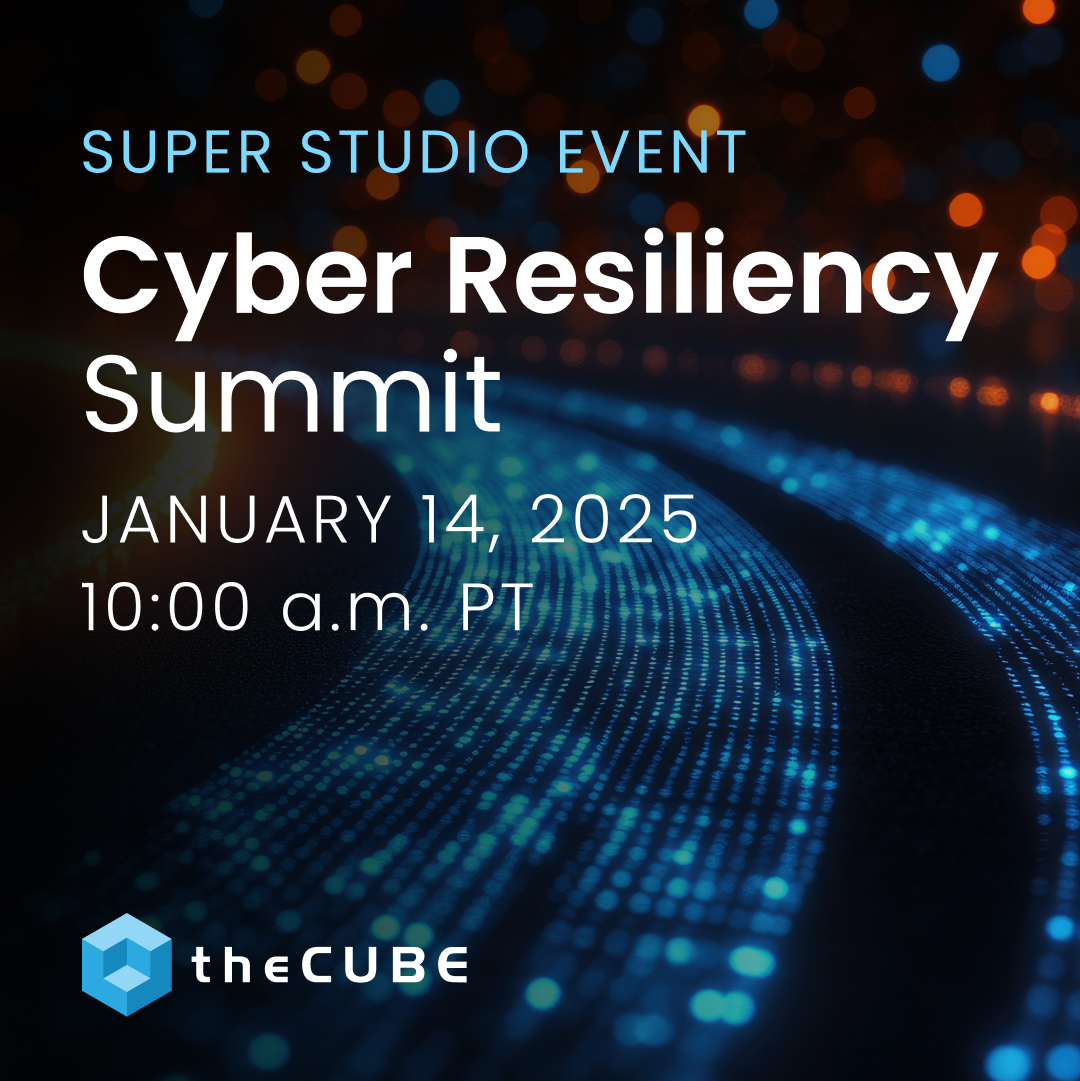City of Paradigm: The Big Data DevOps of customers and user experience
![]() Below is an excerpt from Kyt Dotson’s novel City of Paradigm, a science fiction tale about a fictional 21st century city situated somewhere in California. Each City of Paradigm column is two parts: an excerpt from the novel and an editorial describing the real-world context of the technologies described in the story. Readers may find more City of Paradigm here on SiliconANGLE.
Below is an excerpt from Kyt Dotson’s novel City of Paradigm, a science fiction tale about a fictional 21st century city situated somewhere in California. Each City of Paradigm column is two parts: an excerpt from the novel and an editorial describing the real-world context of the technologies described in the story. Readers may find more City of Paradigm here on SiliconANGLE.
Bell angled the spacecraft slightly to sling around one of the larger asteroids displayed on the viewscreen. The radar on the right looked clear, but it also made the giant, spinning rock appear further away. Objects on radar may be closer than they appear, she thought to herself as it silently slid past–only the thrum of the engines disrupted the majestic sweeping tones of an OC Lollipop orchestral-techno song that played over the speakers.
Her gaze strayed momentarily from her laptop screen to check her mobile phone, which displayed an app running out of the same space-fantasy video game on her computer. The developers of Ex Astris had extended the radar from game to mobile devices, allowing her to expend more screen space on other readouts–as well as a wider vision of sweeping star-encrusted vistas with the occasional ringed planet in the background.
Radar looked clear, so she switched the app from navigational contacts to show mineral content–the beta testers today were asked to test the mining system in the game. The asteroid belt belonged to a wayward dwarf star off the beaten path–it appeared on stellar maps as more of background noise than potential rich harvest. Few other players would have thought to look for solar systems missing a planet and would have aimed for the inner systems with obvious, thick asteroid belts.
She wouldn’t be bothered by player killers while mining at least (not that Bell wasn’t prepared to pwn anyone who tried to jump her.)
The only warning Bell had something was wrong came from a loud klaxon. An asteroid loomed large on her screen and then her hull went from 100% to 0% before she could trigger reaction thrusters.
“What the frak!” Bell shouted at the screen as it rolled through a split screen cutscene of her ship’s starboard fuelpod clipping a very large asteroid. The pod crumpled with the impact, and the nose careened into the rock, followed by a flash of light and a PhysX rendered shower of twirling debris. The only thing that remained of her expensive ship was a blackened tattoo of wreckage across the grey surface of the asteroid.
With a quick flurry of fingers she opened up a bug report, subject line: “Why did I just die?”
A moment later a chat popped up, a developer named JITO: “Impact with an asteroid.”
“Didn’t show up on radar,” she typed. In fact, the Ex Astris radar app on her phone showed empty space exactly where her ship had just become space graffiti. “Compare the radar from the game and the phone app that I’m running. They don’t match.”
A moment passed without response.
Bell had been working directly with JITO for a few months now after she’d become the spotlight alpha-tester for Ex Astris. Her participation on the forums and technical knowledge about some of the game’s scripting had made her perfect to push the envelope. Ordinarily she would have just taken a screenshot, but since she couldn’t screenshot the mobile app easily, it was good to have his attention.
JITO: “I’ll deploy you a new ship.”
Bell: “Thank you, what happened?”
JITO: “The mobile app seems to be displaying a totally different asteroid field than you encountered in game. I noticed that you don’t use the view shifting control on the radar app, ever. We added that a week ago. Don’t like it?”
Bell: “View shift?”
She looked over the phone app and slid her finger around the screen trying to pull out one of the context menus. Most of the icons she was already familiar with–IFF, waypoints, mineral scanning, energy scanning, combat mode–nothing seemed to suggest some sort of view shifting.
JITO: “If you notice the little eyeball visible at the upper corner of the app, sweep your finger over that and it’ll change the display mode.”
Now that JITO had mentioned it, Bell could see the eyeball icon–slightly faded and transparent against the green-grainy asteroid field. Once she touched it, it fanned out a small context menu that let her change zoom level (something she could do with a two finger gesture), change the viewing orientation on the radar (another gesture), or even shift how the radar displayed various objects in respect to the ship. The final option was something that could have made navigating the field easier, but didn’t have a gesture-control connected to it.
Bell: “I never noticed that eyeball, plus I use mostly gesture controls.”
JITO: “I understand, nobody uses it anyway. We might put it into gesture instead. I’ll talk to you later. Thanks for the bug report.”
Bell smiled to herself, a job well done.
“Bell!” her older brother called up from downstairs. The sound of something cooking only barely registered over the sound of rain battering her bedroom window. After her tenth birthday she requested the room in the attic of the house, with the round window at the foot of the bed.
“Dad said he’ll be home in a few minutes.” Her brother called up again. “Dinner will be ready soon! Can you set the table?”
“I’m coming!” she shouted back, closed her laptop, flipped off the Ex Astris app from her mobile, crammed it into her pocket, and trundled down the stairs.
– Excerpt from The City of Paradigm, novel by Kyt Dotson, © 2014
In the last excerpt of City of Paradigm a narrative was built describing how Big Data and municipalities could work together for crisis prevention; but analytics and data collection also has a huge reach in the consumer sector as well. Data becomes part of the glue that binds DevOps teams together by placing operations in the “field” gathering, filtering, and making data operational for development to turn into something actionable.
![]() Since in the excerpt above we have a gamer—Isabelle “Bell” Elune Wolfe, the daughter of Steven Wolfe from the previous excerpt—it seemed prudent to reach out to an outfit that right now is working on big data analytics solutions for gaming apps to talk about gaming and data. To shed some light on this SiliconANGLE contacted Kazuki Ohta, Founder and CTO of Treasure Data.
Since in the excerpt above we have a gamer—Isabelle “Bell” Elune Wolfe, the daughter of Steven Wolfe from the previous excerpt—it seemed prudent to reach out to an outfit that right now is working on big data analytics solutions for gaming apps to talk about gaming and data. To shed some light on this SiliconANGLE contacted Kazuki Ohta, Founder and CTO of Treasure Data.
“Our customers embrace data-driven development for games, and with the Treasure service, they can get very granular with the data they’re collecting and analyzing,” Ohta explains, speaking to the hows-and-whys of analysis. “Some of our customers collect almost every action, movement and click in a game, sending billions of records a day to our cloud service. With the trend to free-to-play gaming, more developers are focused on monetization through ‘micro-transactions’–small purchases made throughout the game. That starts with keeping players actively involved in their game, and understanding where, when and why they play and make purchases.”
Micro-transacitons and the free-to-play MMOG (Massively Multiplayer Online Games) marketplace has become a powerful new audience for developers. In the story Isabelle is playing such a game—in this case a space simulator—and games like this often have a lot of different elements to keep track of: players waging wars, flying through asteroids, buying and selling commodities. Developers and publishers seeking to make money off interested and entranced customers might offer paintjobs for ships, special sounds when “hailing” another player, or other cosmetic social features—all for ten dollars here, two bucks there.
Ohta adds, “Developers often look at things like ‘game balancing’ to make sure a game is fair and competitive, and might change the game or introduce new features to encourage more play. This analytics process is very detailed, very agile and varies a lot depending on the type of game.”
Most multiplayer video games are competitive—either player vs. environment or player vs. player—and in the case of Ex Astris from the story there’s a good chance that there’ll be a little bit of both once the game gets out of beta. However, as Ohta points out, developers are constantly in a tug-of-war with the player desire for a game to be comfortable and easy to play and a game that’s challenging.
EA itself have spoken about how Big Data and data analysis is important to the development of the next-greatest video game. In 2013, EA’s CTO Rajat Taneja gave a rousing presentation in exactly that. Game balance, UI, presentation, bug fixes, etc. all of this blends together for development and operations to provide the best customer experience because in a digital world customer experience is an inseparable part of customer service.
“When a game is first released, a developer might divide the target audience in a big buckets by age or gender,” says Ohta. “As a game has been out for months and has many more players and data, developers might re-segment the audience to focus on very specific target groups or qualities. Digital gaming companies that can leverage analytics effectively have huge opportunities to increase adoption and monetization of their games.”
Knowing who that customer audience is and how they desire to be treated can be a big part of it.
The UX of UI: Testing and design with User Experience (or UX)
In the excerpt from City of Paradigm, Isabelle encounters a bug. In game terms it’s something of a fatal bug—ending up with her crashing her starship into the side of an asteroid. As she’s a beta tester, she contacts support immediately to file a bug report—but the usefulness of in-app analytics doesn’t start or end there.
Certainly JITO (the representative who contacts her) can see what happened and determine why she crashed—most likely from having hands-on, real-time data to work with—but he’s also able to look at her historical use of the User Interface. The fact that the mobile UI and the console UI do not match jumps out instantly. Something that automated testing might not catch on its first pass without human input; but what is more difficult to detect is how people interact with the UI in the first place.
Since there’s functions in the mobile-UI that Isabelle apparently never uses, the in-app intelligence allows JITO to ask the right questions to find out why.
A screenshot from CCP Games EVE Online, a massively multiplayer online game that would be very similar to Ex Astris. Image (c) 2014 CCP Games.
“Ever since in-app analytics has become available, user experience (UX) development has never been the same,” says Steve Forte, Chief Strategy Officer for Telerik. “Now UX designers and software developers can see how each element of the app or game is used by the end-user. This makes all UX design data-driven, including the position of elements, the text on each element, and the size and shape of images.”
From JITO’s perspective, Isabelle and other beta testers not accessing a particular component of the UI is an oddity. After all, the UX of a particular app is predicated on all of its parts being useful and if some useful component is constantly overlooked, underutilized, or ignored by users something is going wrong.
In the case of Isabelle it’s because the icon may not make sense to her, or got lost in a clutter of other icons. The be effective, a UI needs to communicate itself to a user with minimal noise or distraction. Knowing how users use a particular UI can give insights to developers about how an audience “reads” the interface.
To sum up, Forte adds, “The ability to answer a question definitively if users are more likely to click on a green or blue button is now solved with ‘A/B testing’ and gives the UX designer much more exact data that helps them build the best user experience.”
In short, because of in-app analytics and UI intelligence, collected historically and boiled down into actionable insights, developers like JITO can know the right questions to ask users like Isabelle about their experience. This gives application developers a huge jump on stamped-and-shipped CDs of software that could never call home when someone is frustrated at a disconnected terminal.
Perhaps JITO will take his own advice and fix the UI in a future excerpt of City of Paradigm.
A message from John Furrier, co-founder of SiliconANGLE:
Your vote of support is important to us and it helps us keep the content FREE.
One click below supports our mission to provide free, deep, and relevant content.
Join our community on YouTube
Join the community that includes more than 15,000 #CubeAlumni experts, including Amazon.com CEO Andy Jassy, Dell Technologies founder and CEO Michael Dell, Intel CEO Pat Gelsinger, and many more luminaries and experts.
THANK YOU













